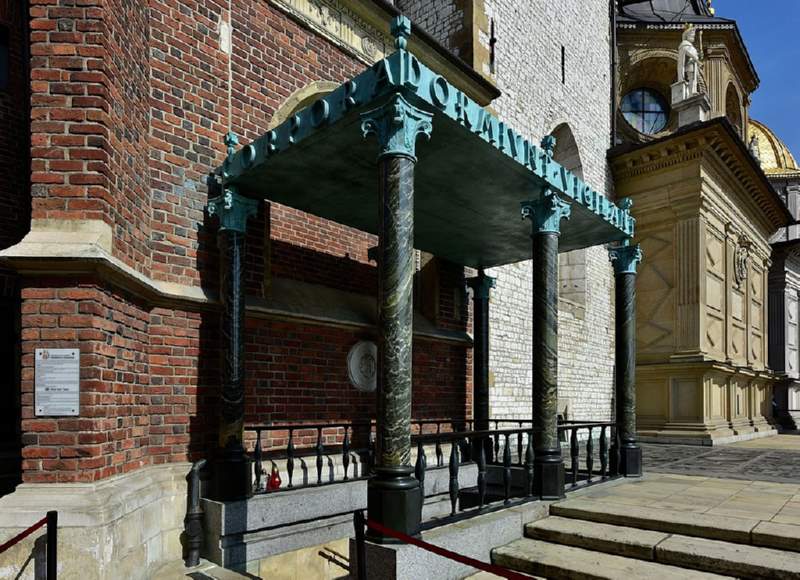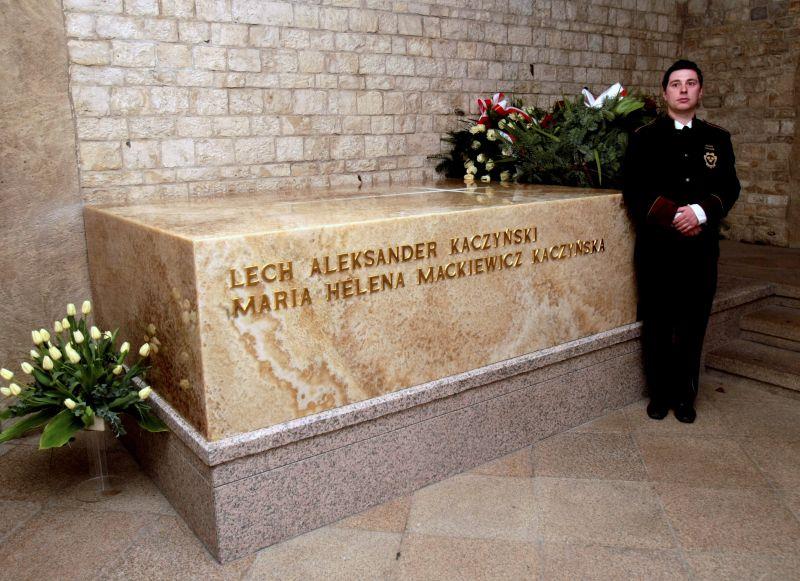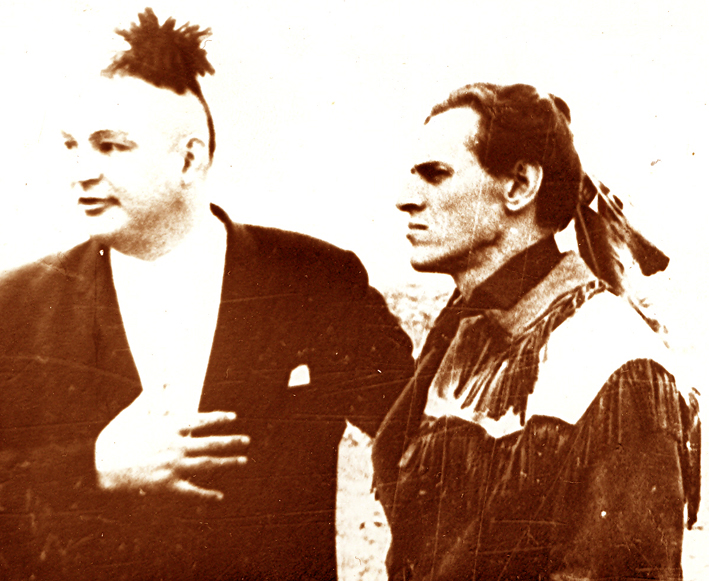parts of it were later used to decorate Polish historical monuments, eg. Wawel Castle
I didn't know that. Thanks! :)
What is Central Europe?: 2024Czesław Miłosz used to describe Europe as the land of Gothic and Baroque churches. Central Europe could, I suppose, be described as the land where those churches are still frequented by Christians, like the Archcathedral Basilica of St. Peter and St. Paul in Poznań (in the photo), but that would certainly entail a measure of oversimplification. The definition of Central Europe is not an obvious one, especially not to those who stubbornly see countries of Europe as being either eastern or western.
Miłosz's description of Europe was merely saying that the borders of Europe - in cultural sense - are basically the borders of the First Rzeczpospolita, because that's how far the range of Gothic cathedrals and Baroque churches extends. Such perception of Europe has its consequences: Jerzy Giedroyc had no doubts already in 1960s that Lithuania, Belarus and Ukraine (back then parts of the Soviet Union) belonged to "our" Europe, not to the "Russian" east. Will this fundamental dispute, a centuries-old controversy, ever be resolved? An interesting question, especially with the background sound of artillery fire coming from not so great a distance.
Or maybe (just maybe), Poland's conflict with Russia is not the eternal war with an alien civilisation, as we tend to see it? Maybe we are stuck in an inherently faulty narration and cannot free ourselves from it, bound by history and blind fate? Maybe Poles and Russians, despite certain differences, are more similar to each other than both would like to admit?
*sighs* Too many questions for the modest Pol-Shorpy thread - let's leave them to historians and philosophers, and observe what these "interesting times" will bring us.



